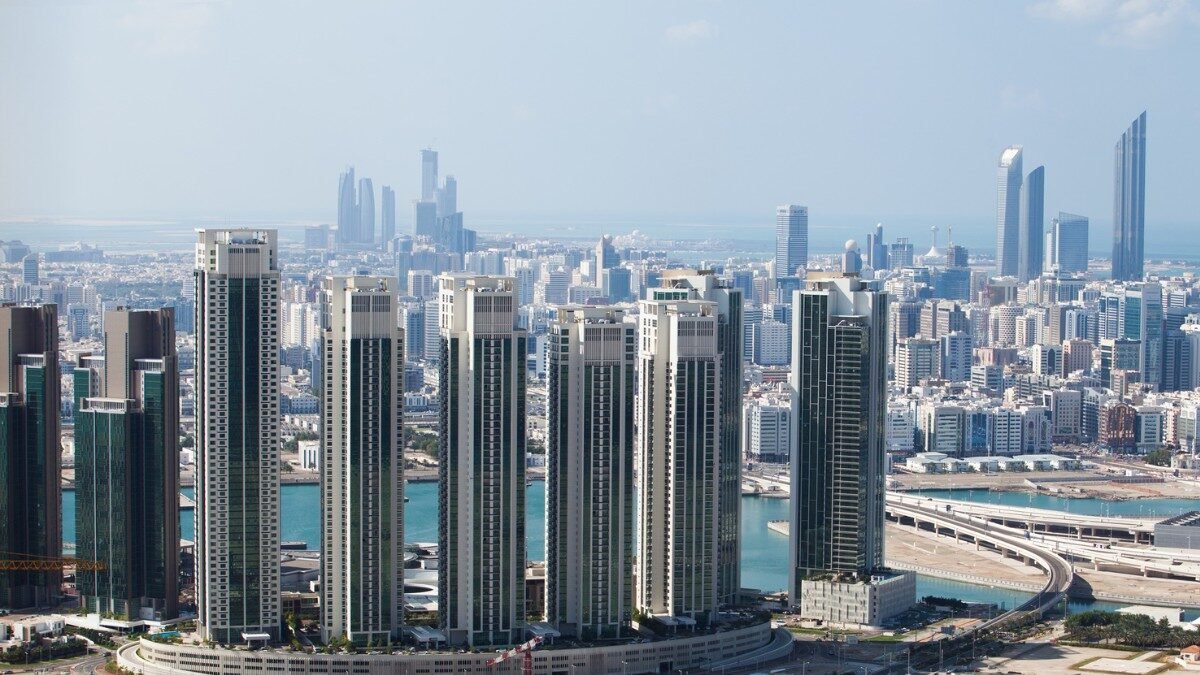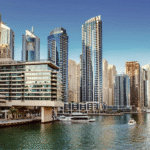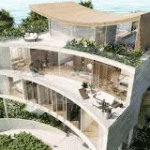Now Reading: 5 Key Rental Index Lessons From Abu Dhabi in 2025
-
01
5 Key Rental Index Lessons From Abu Dhabi in 2025
5 Key Rental Index Lessons From Abu Dhabi in 2025
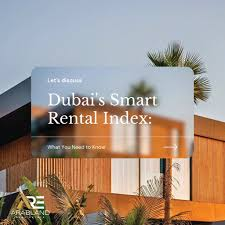
Table of Contents
The Gulf Cooperation Council (GCC) real estate market, valued at $131.86 billion in 2024 and projected to reach $252.80 billion by 2033 with a 7.1% CAGR, thrives on mega-projects and regulatory reforms, per imarcgroup.com. In Abu Dhabi, the UAE’s capital, the real estate sector recorded a 24.2% transaction growth in 2024, reaching AED 96.2 billion ($26.2 billion), driven by 16,735 sales and 11,514 mortgages, per mediaoffice.abudhabi
. The Abu Dhabi Real Estate Centre (ADREC) launched the emirate’s first official Rental Index in August 2024, providing quarterly pricing for residential, commercial, and industrial properties, enhancing transparency, per gulfbusiness.com. This guide, crafted in clear, SEO-friendly language with an engaging tone, outlines five key lessons from Abu Dhabi’s Rental Index for GCC real estate investors managing SAR 20 million ($5.33 million) portfolios, supported by data, legal insights, and risk mitigation strategies.
5 Key Rental Index Lessons From Abu Dhabi
1. Transparency Drives Market Stability
Abu Dhabi’s Rental Index, accessible via gis.adm.gov.ae/rentalindex, offers indicative rental values for areas like Saadiyat Island (e.g., AED 137,500/$37,435 for three-bedroom apartments), reducing disputes and aligning rents with market trends, per khaleejtimes.com. This mirrors Dubai’s Smart Rental Index, launched January 2025, per propertyfinder.ae.
- Lesson: Transparent data fosters trust, stabilizing yields at 6–9% for SAR 20 million ($5.33 million) portfolios, per hermesre.ae.
- Investor Action: Use ADREC’s platform to benchmark SAR 10 million ($2.67 million) villa rents in Al Reem Island, per alaan.com.
- Example: A $2.67 million Saadiyat villa yields $213,600 at 8%, with index-aligned rents minimizing vacancies.
- Source: gulfbusiness.com, khaleejtimes.com, propertyfinder.ae
2. Localized Demand Shapes Rental Growth
The Index highlights varied rental growth: upscale areas like Saadiyat Island saw 5% villa rent increases in Q2 2024, while apartments rose 2%, per gulfbusiness.com. Emerging areas like Al Reem Island may see up to 5% adjustments due to infrastructure developments, per khaleejtimes.com.
- Lesson: Target high-demand zones for SAR 20 million ($5.33 million) investments to maximize returns, per cushwake.ae.
- Investor Action: Invest in SAR 15 million ($4 million) properties in Saadiyat or Yas Island, leveraging 10% annual growth in select areas, per asteco.ae.
- Example: A $4 million Yas Island apartment yields $320,000 at 8%, with index-driven pricing ensuring demand.
- Source: gulfbusiness.com, khaleejtimes.com, asteco.ae
3. Regulatory Caps Balance Tenant-Landlord Dynamics

Abu Dhabi’s 5% annual rent increase cap, per Law No. 20 of 2006, protects tenants while allowing landlords to adjust rents based on Index data, per khaleejtimes.com. This contrasts with Dubai’s RERA calculator, allowing up to 20% hikes if rents are 40% below market, per propertyfinder.ae.
- Lesson: Regulatory caps ensure predictable returns for SAR 20 million ($5.33 million) portfolios, per realestatesaudi.com.
- Investor Action: Align SAR 10 million ($2.67 million) lease agreements with ADREC’s Index to avoid disputes, per makca.co.
- Example: A $2.67 million Al Maryah office lease yields $186,900 at 7%, with 5% capped increases maintaining tenant retention.
- Source: khaleejtimes.com, propertyfinder.ae, makca.co
4. Data-Driven Decisions Attract Global Investors
ADREC’s Index boosted Abu Dhabi’s ranking among the top five global improvers in JLL’s 2024 Global Real Estate Transparency Index, attracting AED 7.86 billion ($2.14 billion) in FDI, a 125% increase in 2024, per mediaoffice.abudhabi. This aligns with GCC trends, per economymiddleeast.com.
- Lesson: Reliable data enhances investor confidence, supporting 6–9% yields for SAR 20 million ($5.33 million) assets, per cityscapeglobal.com.
- Investor Action: Use Index data for SAR 15 million ($4 million) off-plan investments in Al Ain, per nevestate.com.
- Example: A $4 million Al Reem off-plan villa yields $280,000 at 7%, with FDI-driven demand ensuring appreciation.
- Source: mediaoffice.abudhabi, economymiddleeast.com, nevestate.com
5. Proptech Enhances Rental Index Efficiency
The Index integrates with platforms like DARI and TAMM, streamlining lease registrations and compliance for SAR 20 million ($5.33 million) portfolios, per thinkprop.ae. This mirrors Sharjah’s Rental Map Platform, per gulfnews.com, and supports UAE’s proptech growth, per ascendixtech.com.
- Lesson: Proptech integration optimizes rental management, reducing costs by 5–10%, per saudigulfprojects.com.
- Investor Action: Adopt DARI for SAR 10 million ($2.67 million) property lease tracking, ensuring VAT/RETT compliance, per finanshels.com.
- Example: A $2.67 million Al Saadiyat commercial unit yields $213,600 at 8%, with proptech saving $26,700 in compliance costs.
- Source: thinkprop.ae, gulfnews.com, ascendixtech.com
Legal and Tax Framework
- UAE Tax Framework:
- VAT: 5% on commercial leases, zero-rated for first residential sales, exempt for residential leases, per Decree-Law No. 8 of 2017, per taxsummaries.pwc.com.
- Transfer Fees: 4% in Dubai, 2% in Abu Dhabi, split between buyer/seller, per immigrantinvest.com.
- Municipality Tax: 5% of residential rental value, 2.5% for commercial in Dubai, paid by tenants/owners, per taxsummaries.pwc.com.
- E-Invoicing: Mandatory by 2025 for VAT-registered entities, penalties up to AED 50,000 ($13,605), per cleartax.com.
- Saudi Arabia (for GCC context):
- RETT: 5% on disposals, effective April 9, 2025, per arabnews.com.
- VAT: 15% on commercial transactions, per pwc.com.
- Zakat: 2.5% on net assets for GCC entities, per ey.com.
- U.S. Tax Framework:
- Reporting: Declare income via Forms 1040, 1116, Schedule E under FATCA. Income taxed at 10–37%, capital gains at 0–20%, per IRS.
- Foreign Tax Credit (FTC): Offset VAT/RETT against U.S. liability, per brighttax.com.
- FEIE: $130,000 exclusion for earned income, not rentals.
- Residency: AED 2 million ($545,000) investments qualify for UAE Golden Visa, per immigrantinvest.com.
Risks and Mitigation
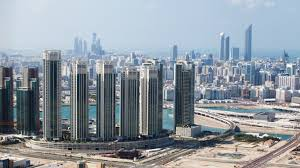
- Rental Fluctuations: Index-driven adjustments may cause 5% rent shifts in emerging areas, per khaleejtimes.com. Target stable zones like Saadiyat, per realestatesaudi.com.
- Compliance Costs: VAT/RETT errors risk AED 50,000 ($13,605) fines, per cleartax.com. Use FTA-compliant software, per alaan.com.
- Oversupply: 35,000 units in 2025 may cut yields by 2–3%, per cushwake.ae. Focus on luxury segments, per asteco.ae.
- Currency Volatility: AED/USD fluctuations impact returns. Hedge via Emirates NBD, per omniacapitalgroup.com.
- U.S. Tax Burden: IRS reporting reduces returns. Maximize FTC, per brighttax.com.
Step-by-Step Guide for U.S. Investors
- Analyze Index Data: Use ADREC’s Rental Index for SAR 10–20 million ($2.67–$5.33 million) investment decisions, per gulfbusiness.com.
- Set Budget: Allocate $5.33 million, including 5% VAT ($266,600, if applicable) and 2% fees ($106,600 in Abu Dhabi), per immigrantinvest.com.
- Target High-Demand Areas: Invest in Saadiyat or Al Reem for SAR 15 million ($4 million) properties, per nevestate.com.
- Leverage Proptech: Use DARI/TAMM for SAR 10 million ($2.67 million) lease management, per thinkprop.ae.
- Ensure Compliance: File VAT by April 30, 2025, and U.S. taxes by April 18, 2025, with FTC, per brighttax.com.
- Secure Financing: Obtain 80% LTV mortgages at 4.5% from Emirates NBD, per realestatesaudi.com.
- Monitor Yields: Track 6–9% returns via propertyfinder.ae, per hermesre.ae.
Conclusion
Abu Dhabi’s Rental Index, launched in 2024, transforms the GCC’s $131.86 billion real estate market by enhancing transparency and stability, per imarcgroup.com and gulfbusiness.com. Lessons like leveraging localized demand, regulatory caps, and proptech save up to $266,600 in costs for SAR 20 million ($5.33 million) portfolios, per cleartax.com. U.S. investors, using FTC and ADREC’s data, can secure 6–9% yields in Saadiyat and Al Reem, mitigating risks like oversupply and compliance penalties, per cushwake.ae and khaleejtimes.com. These insights, aligned with UAE’s Economic Vision 2030, position Abu Dhabi as a global real estate hub, per mediaoffice.abudhabi. rental index
read more: 6 Strategic Steps For RETT and VAT Integration in 2025



